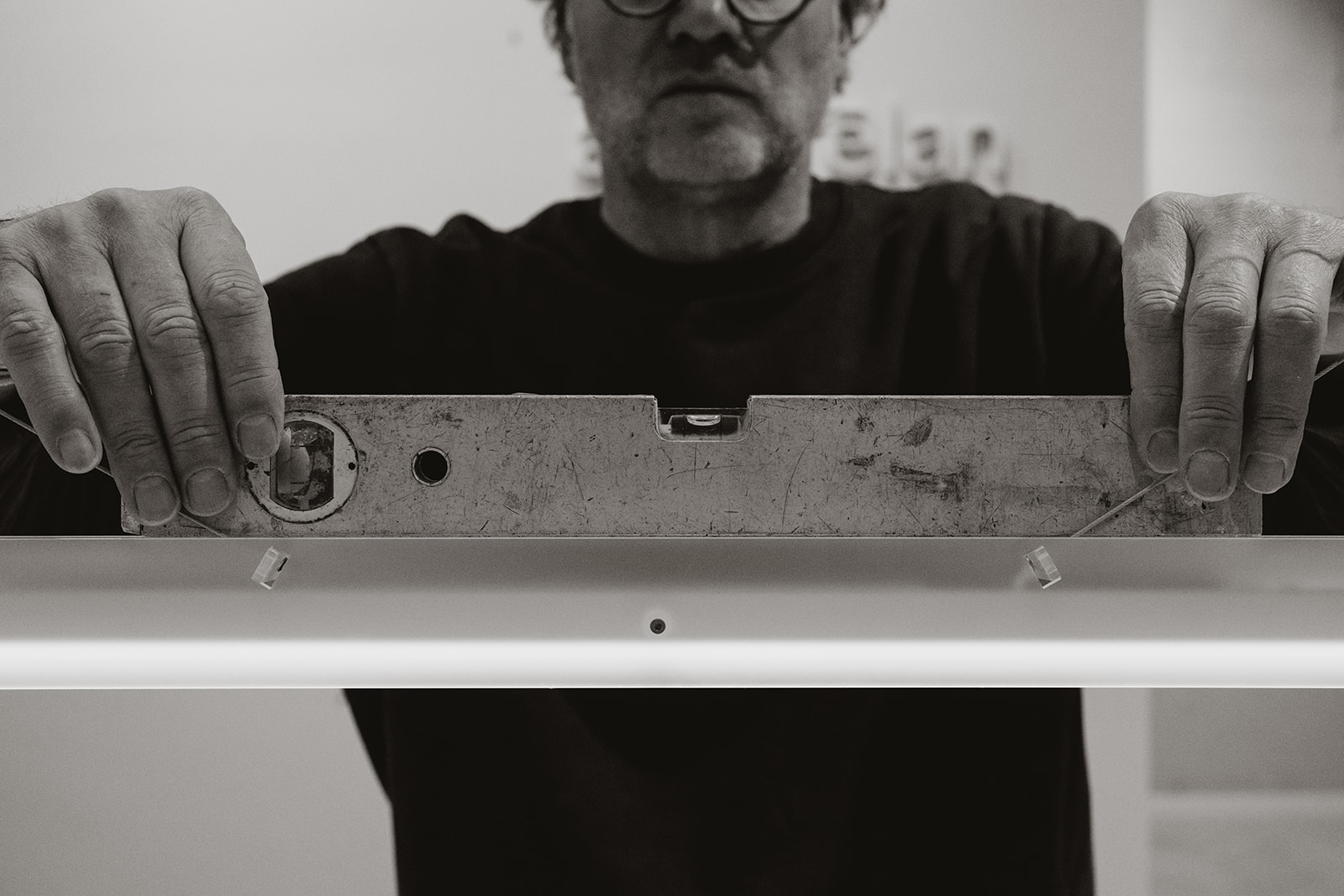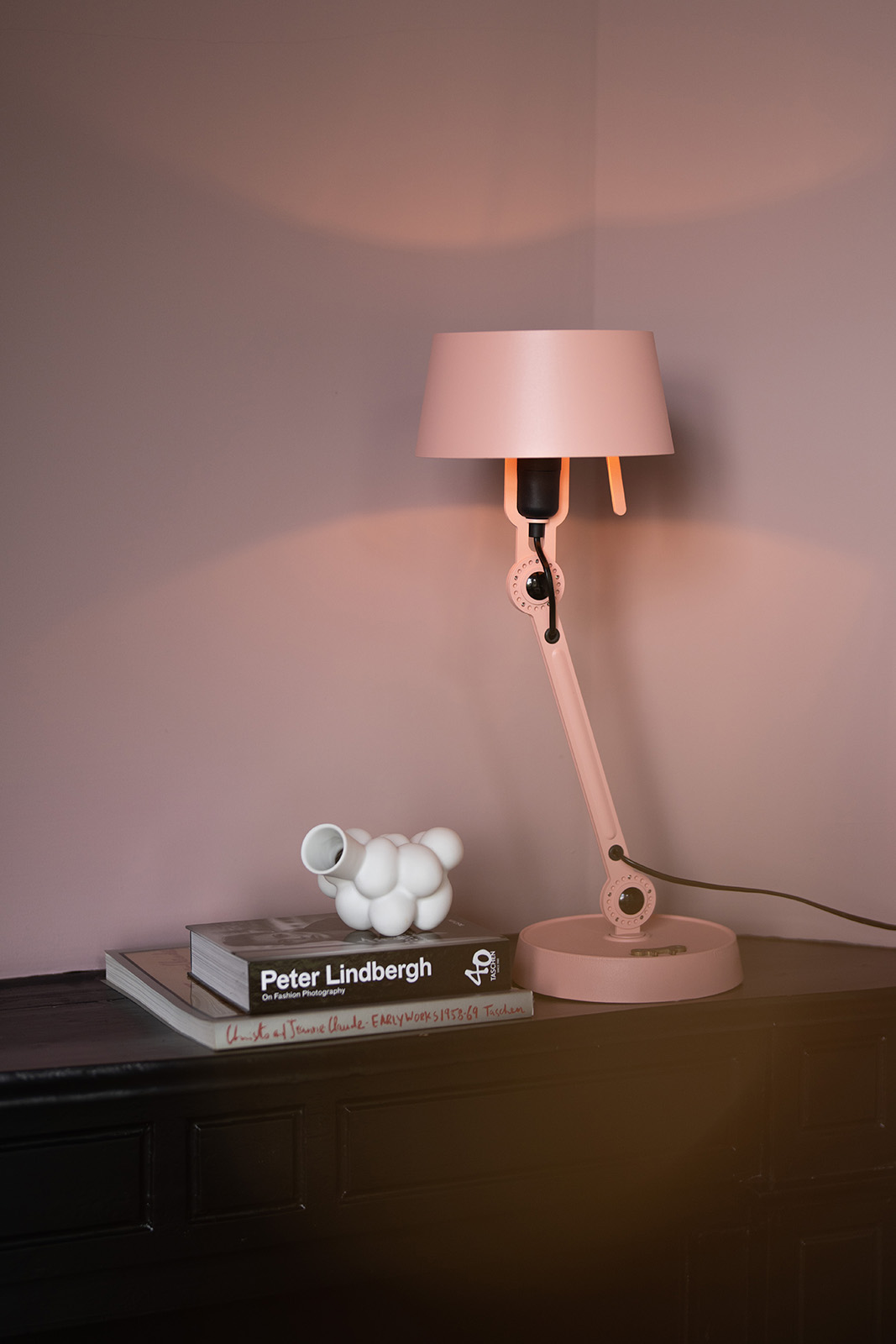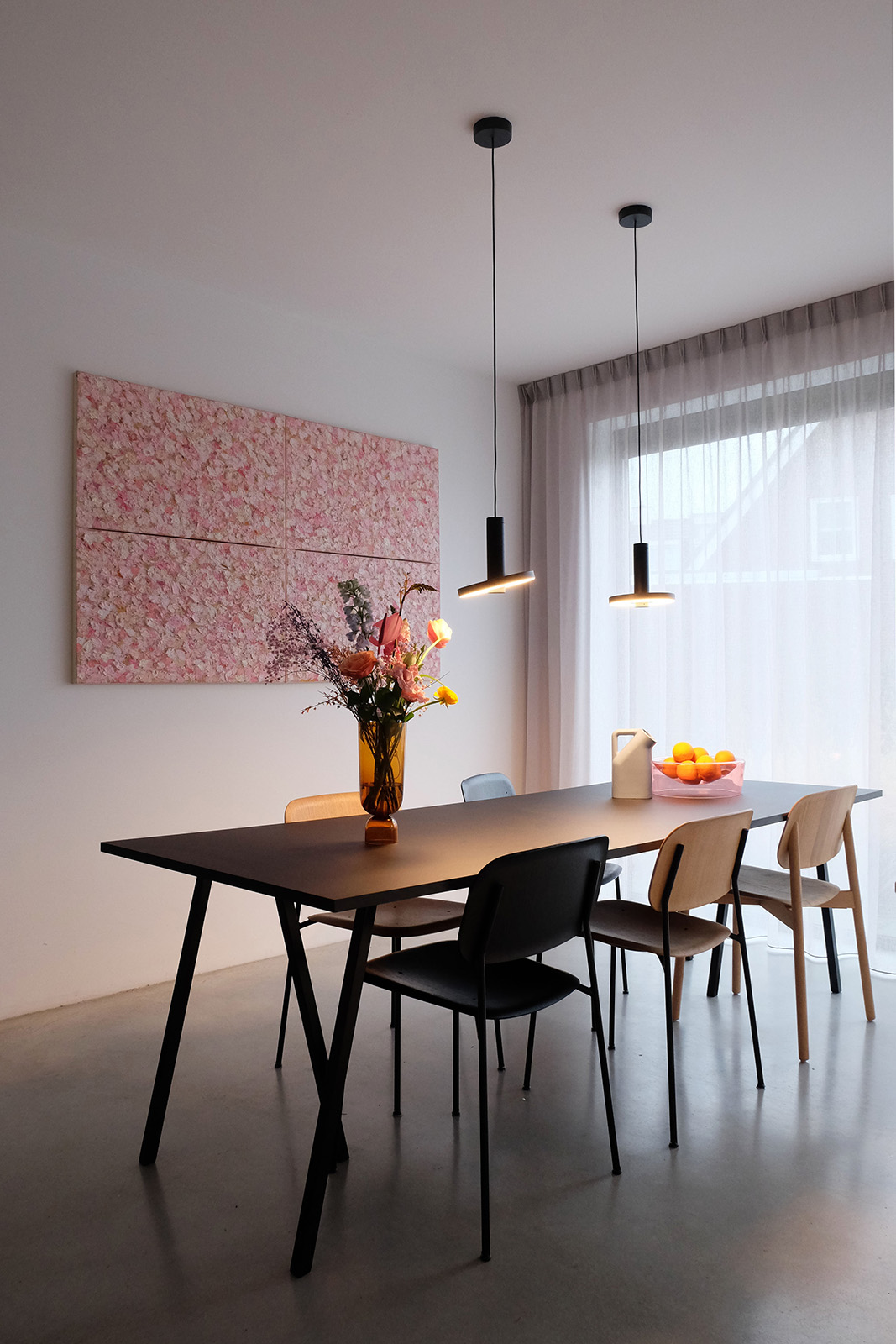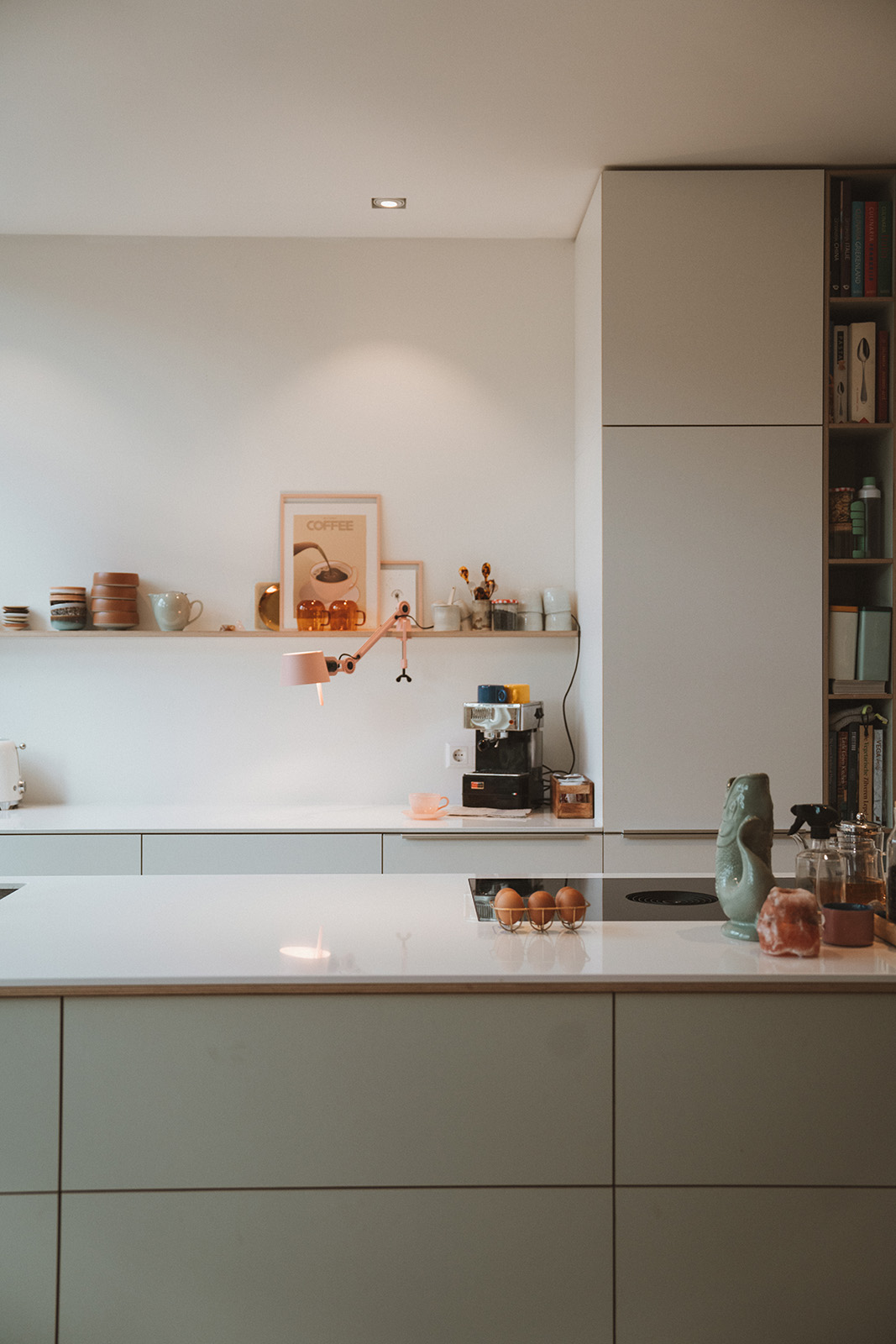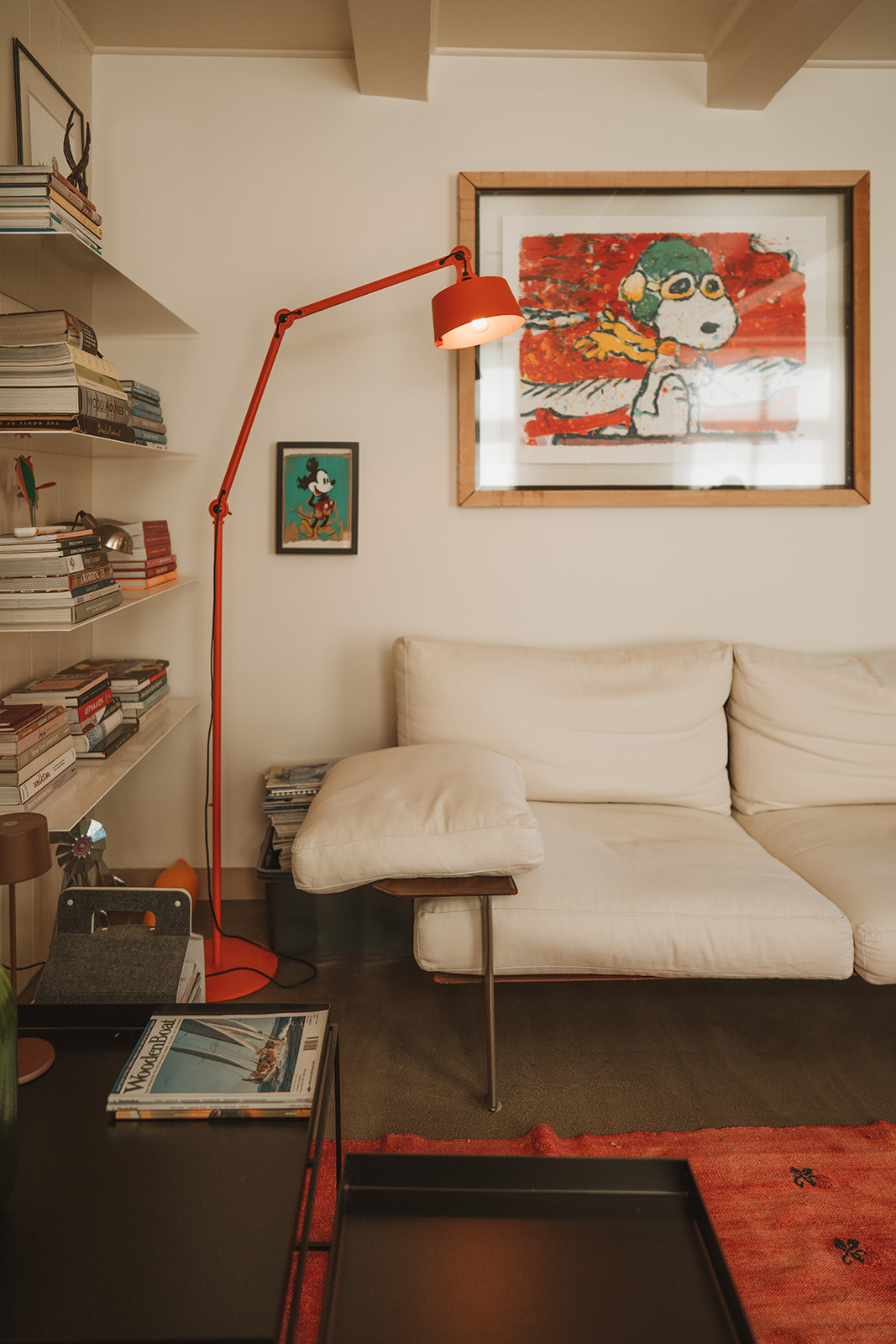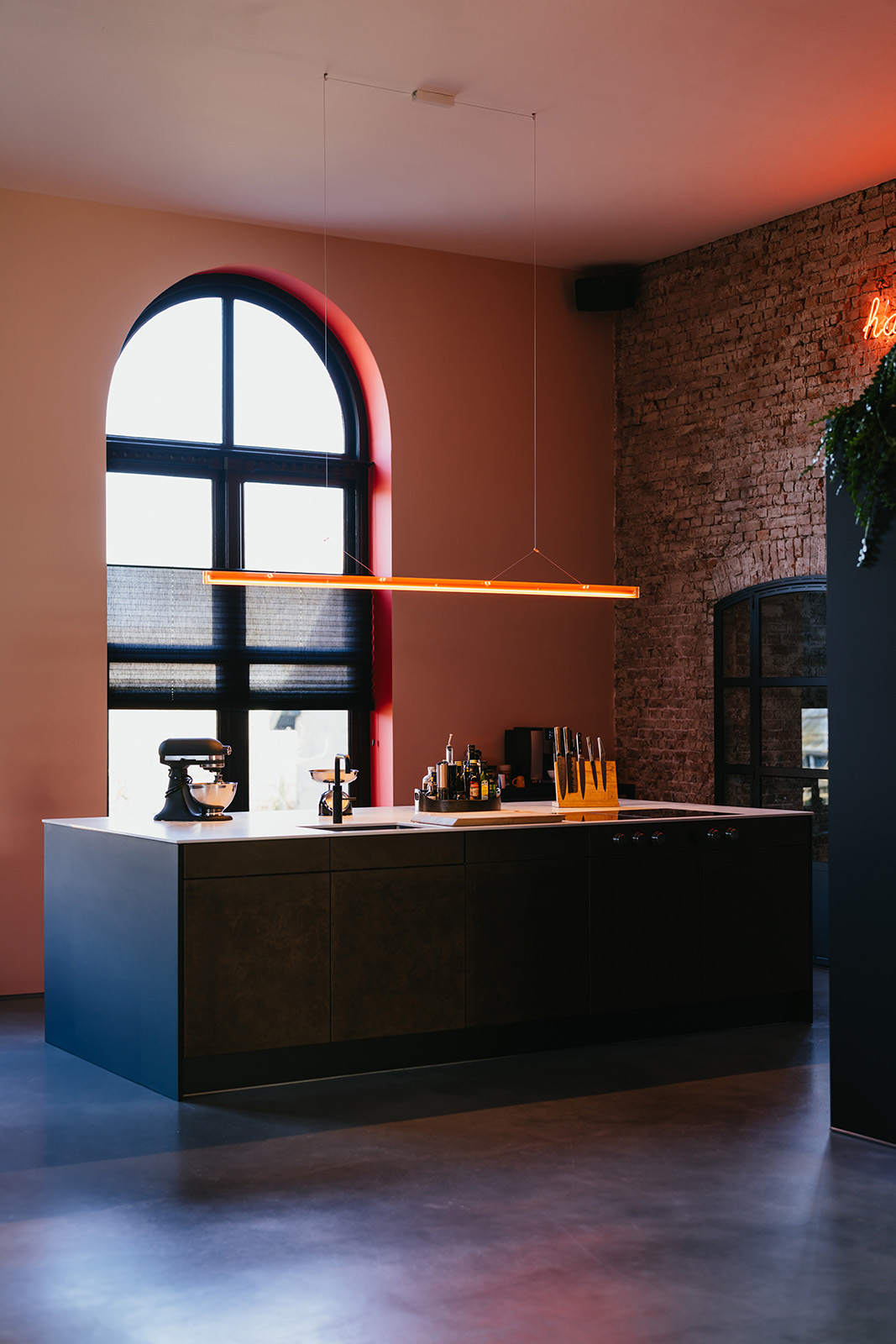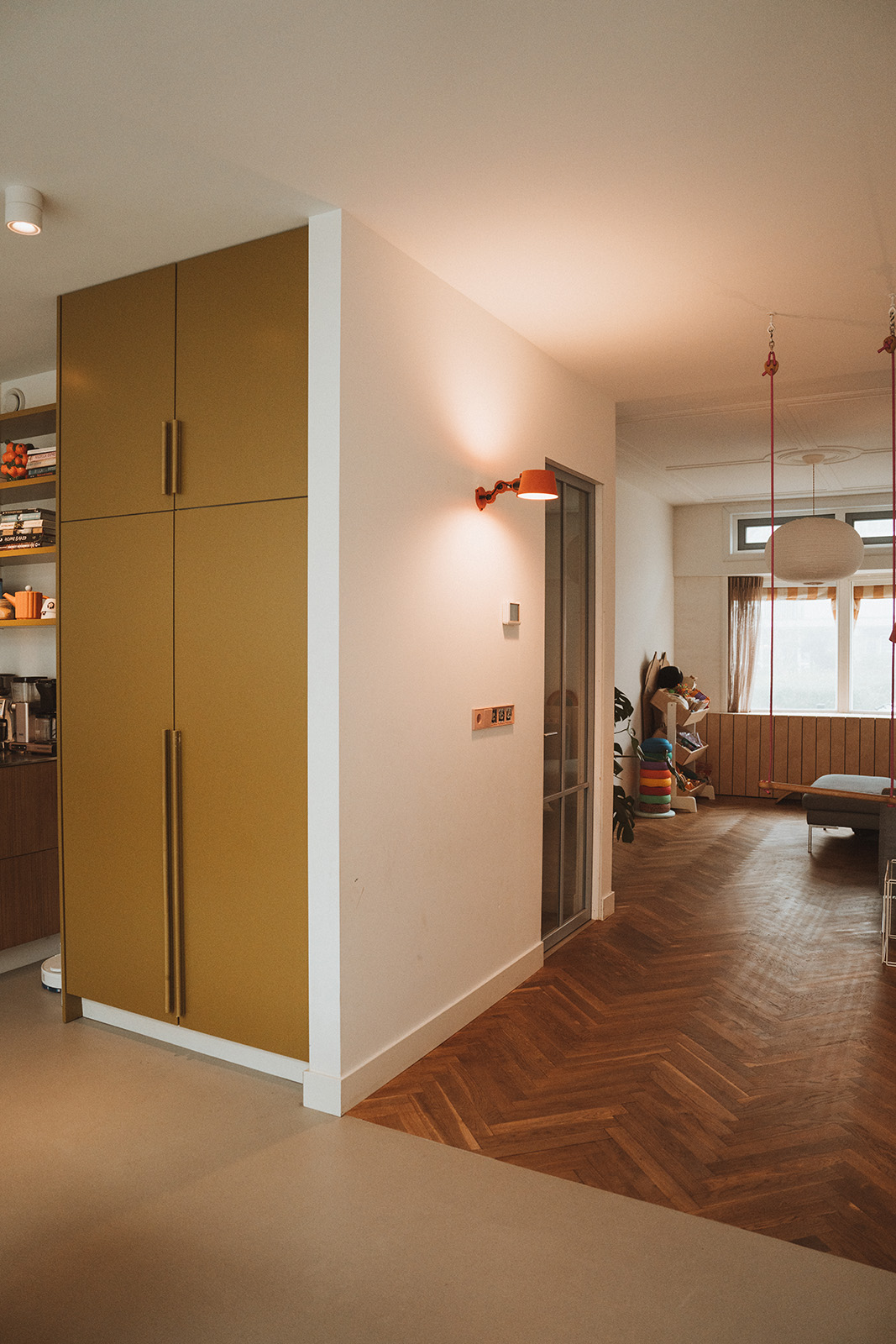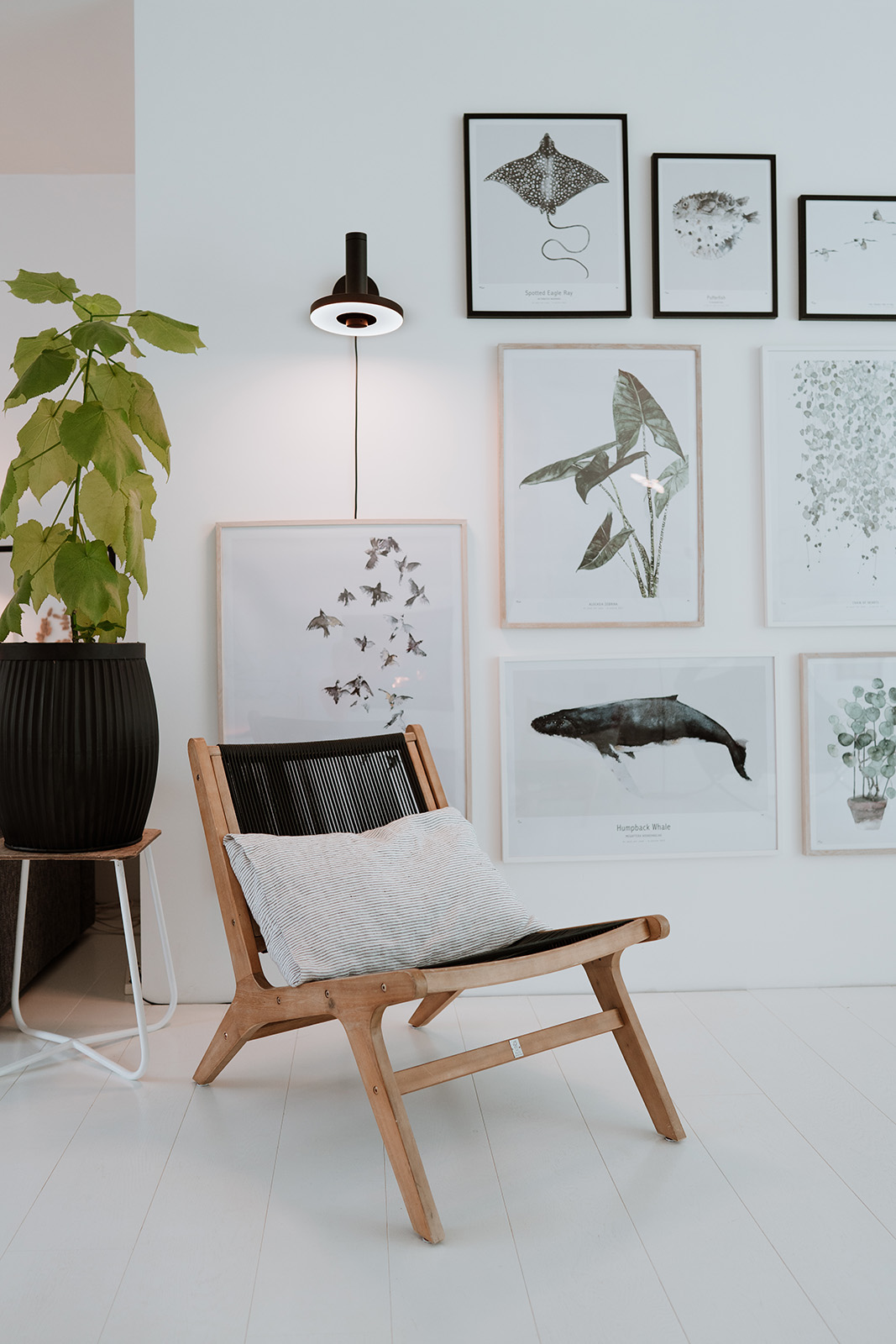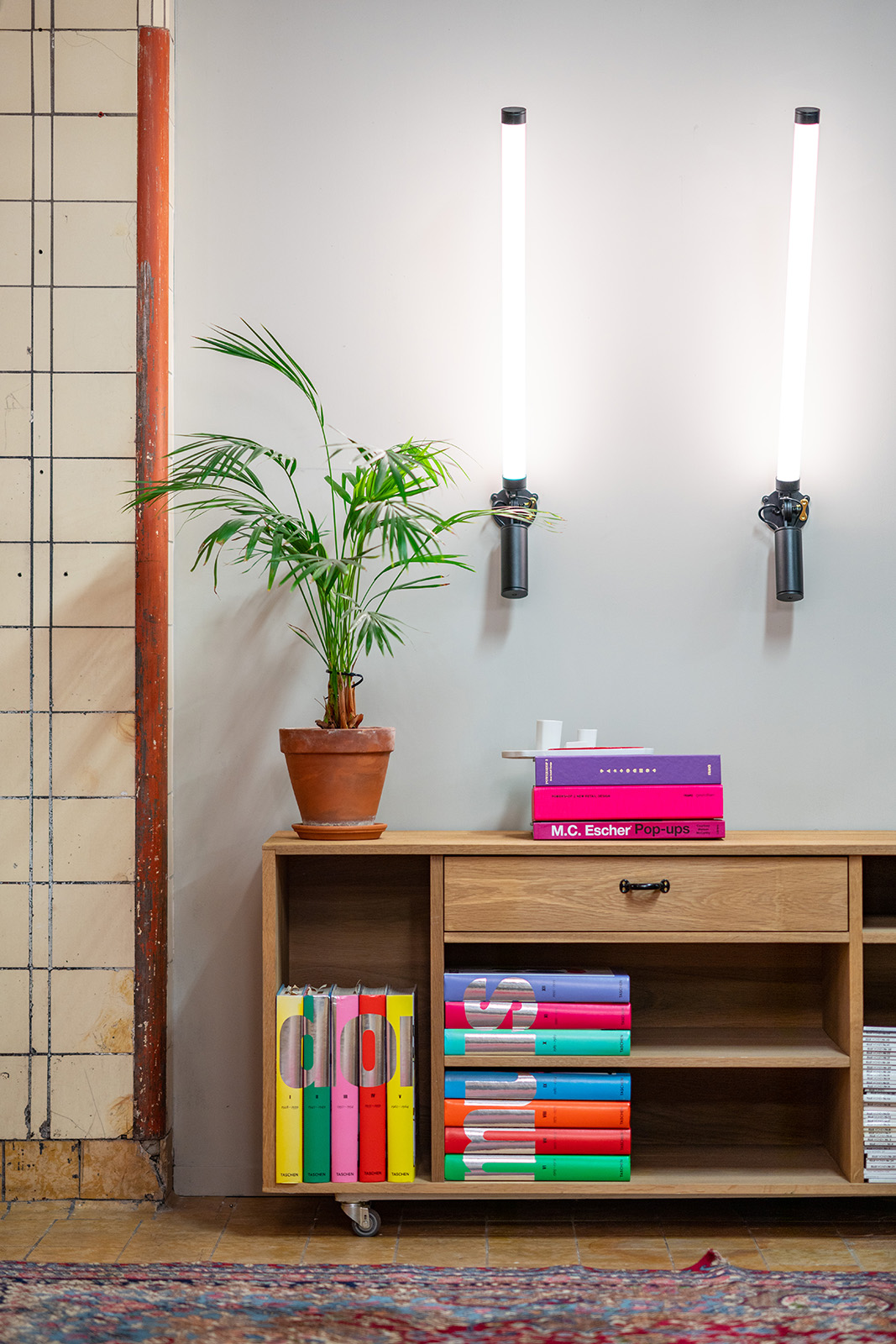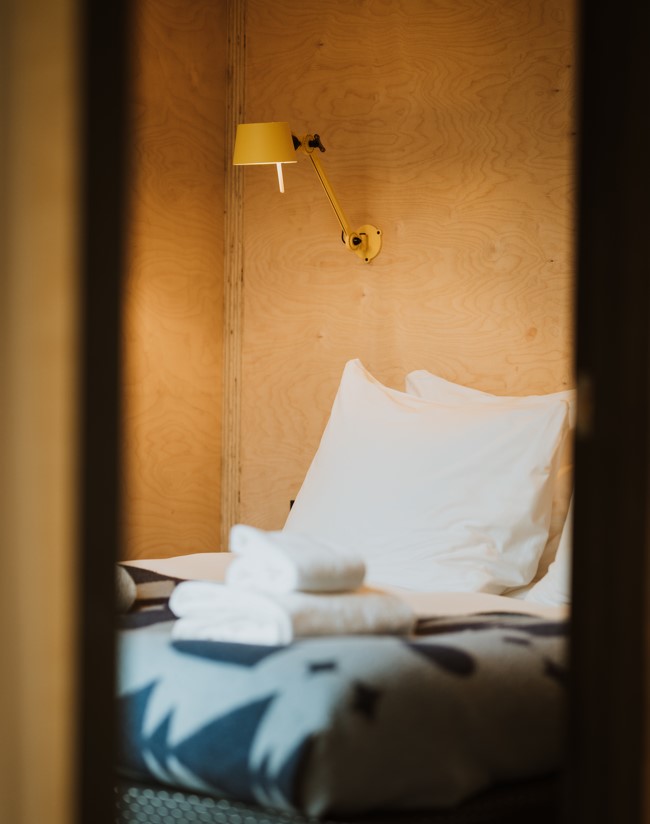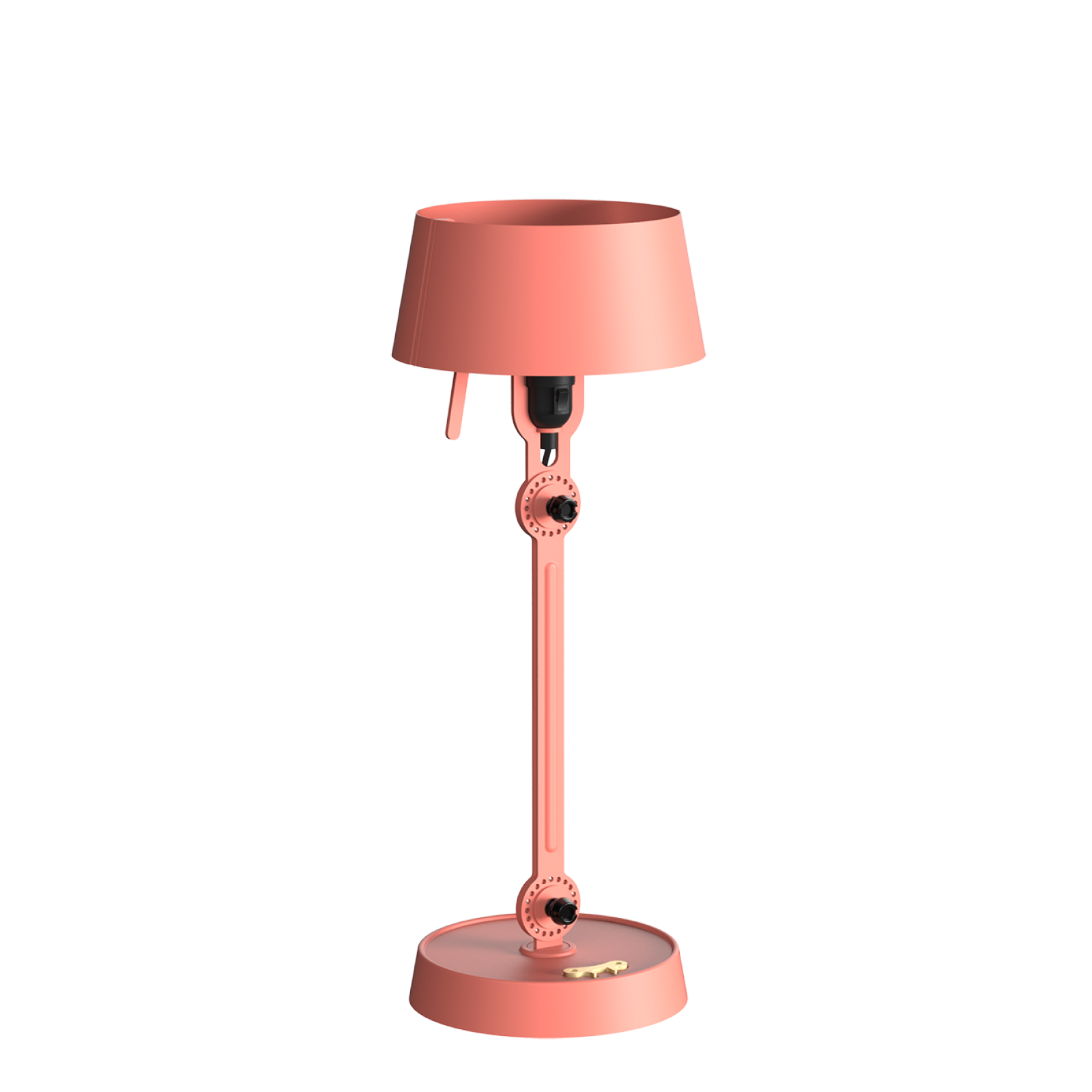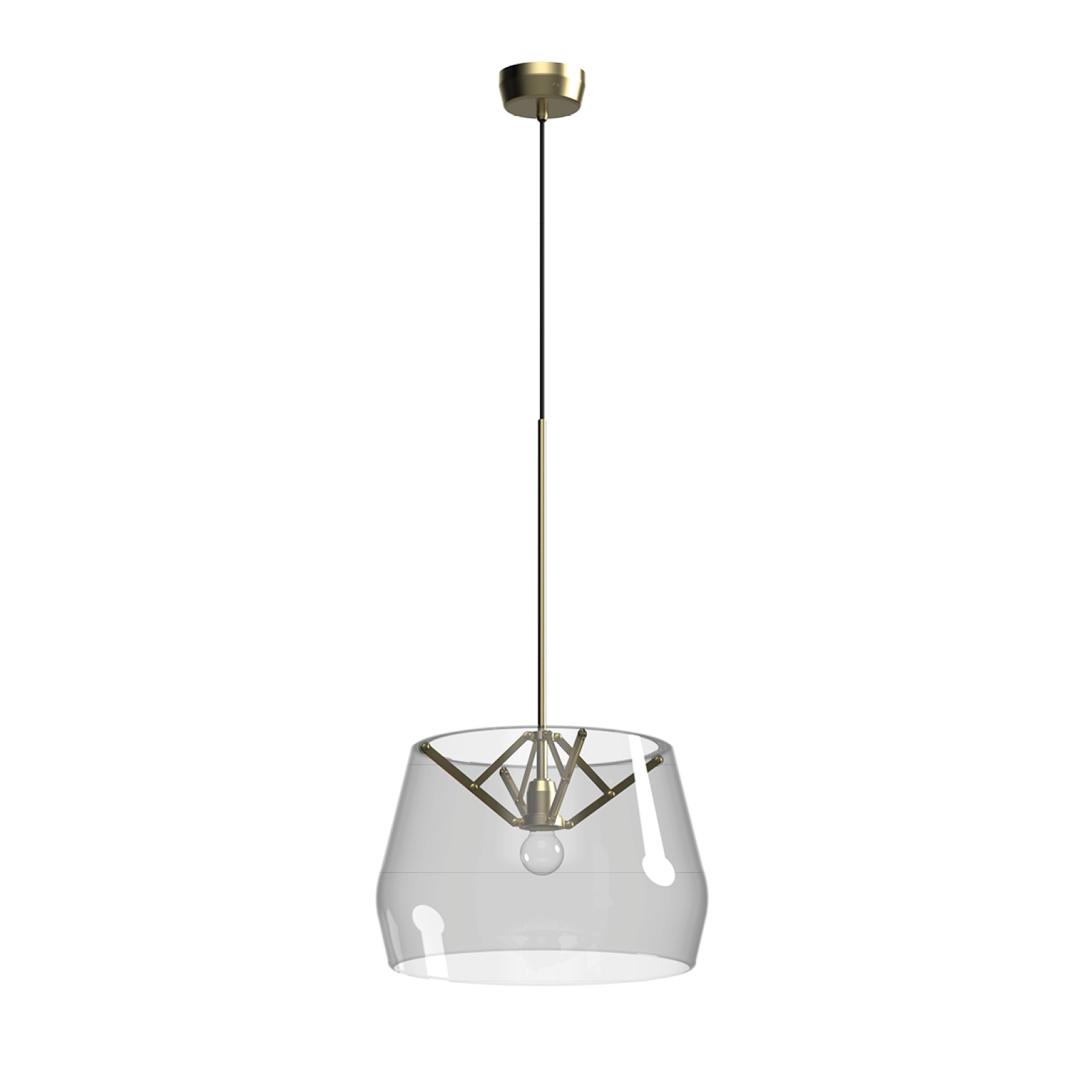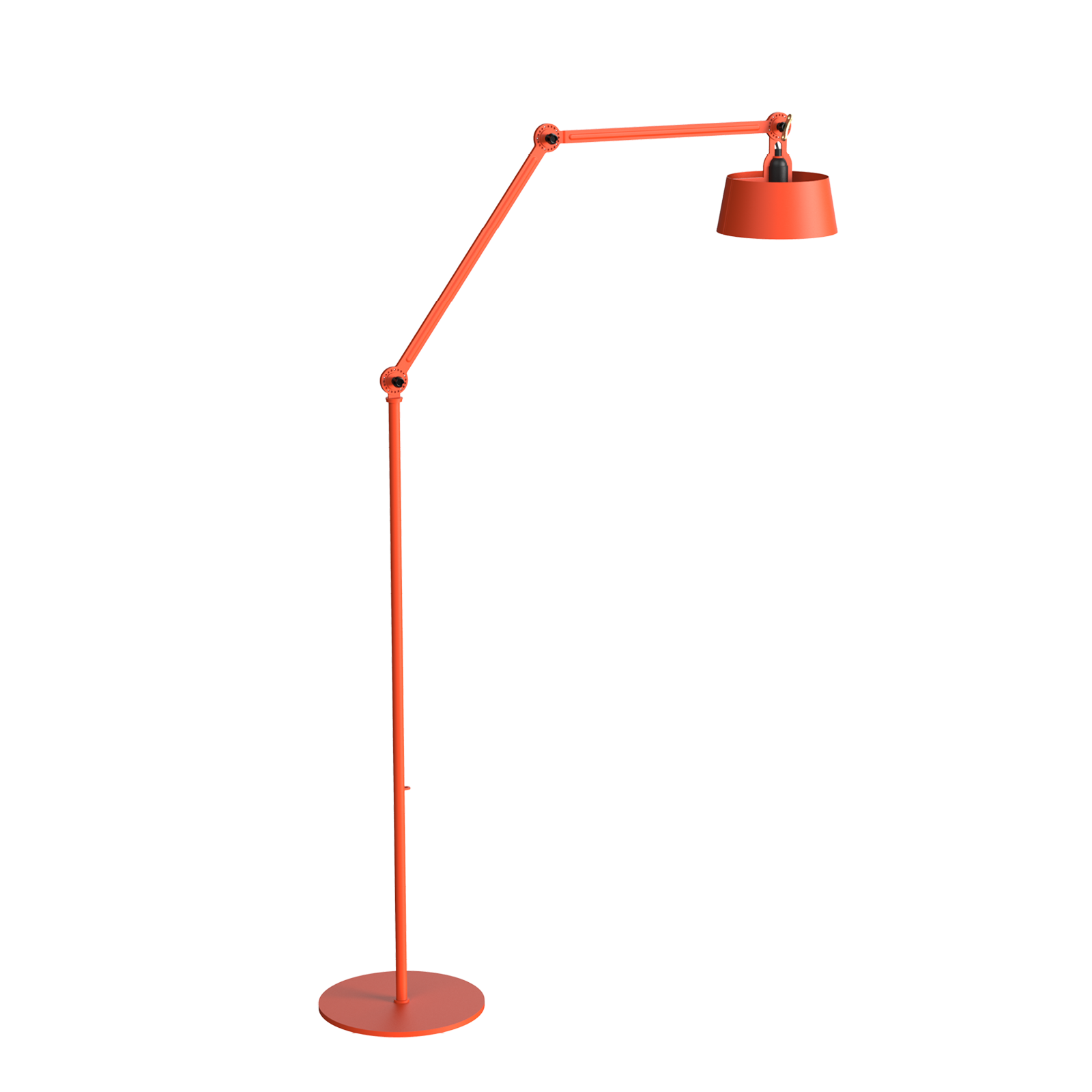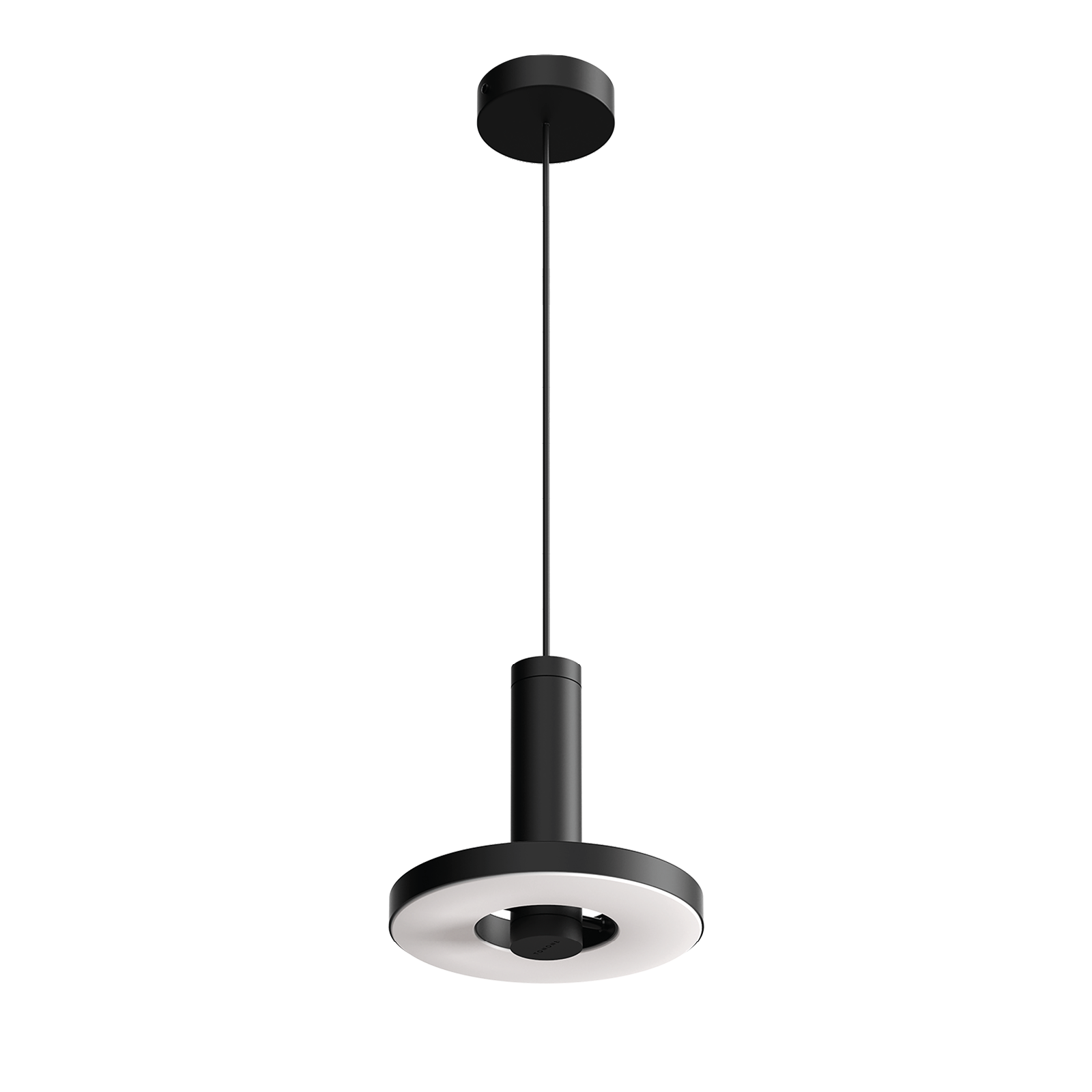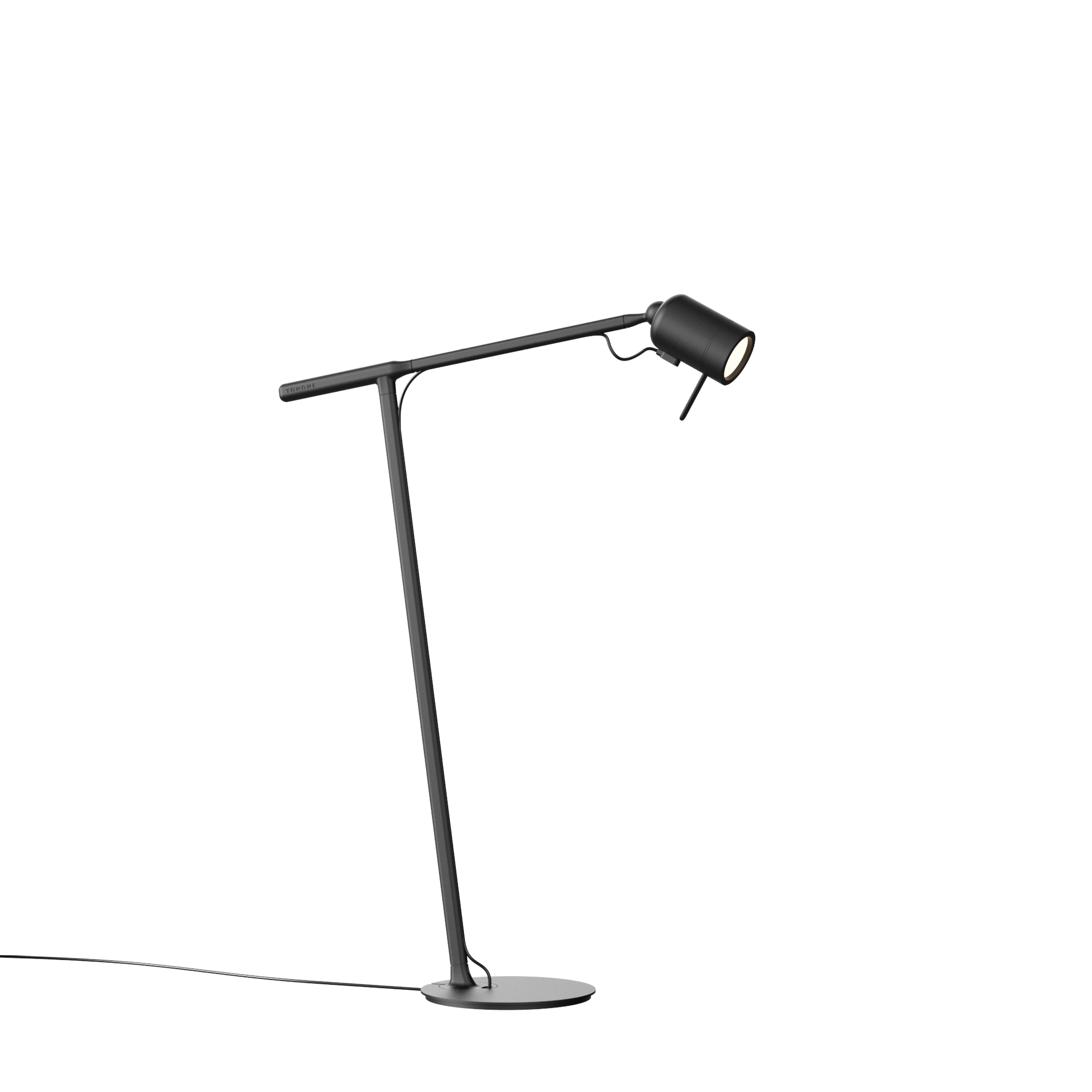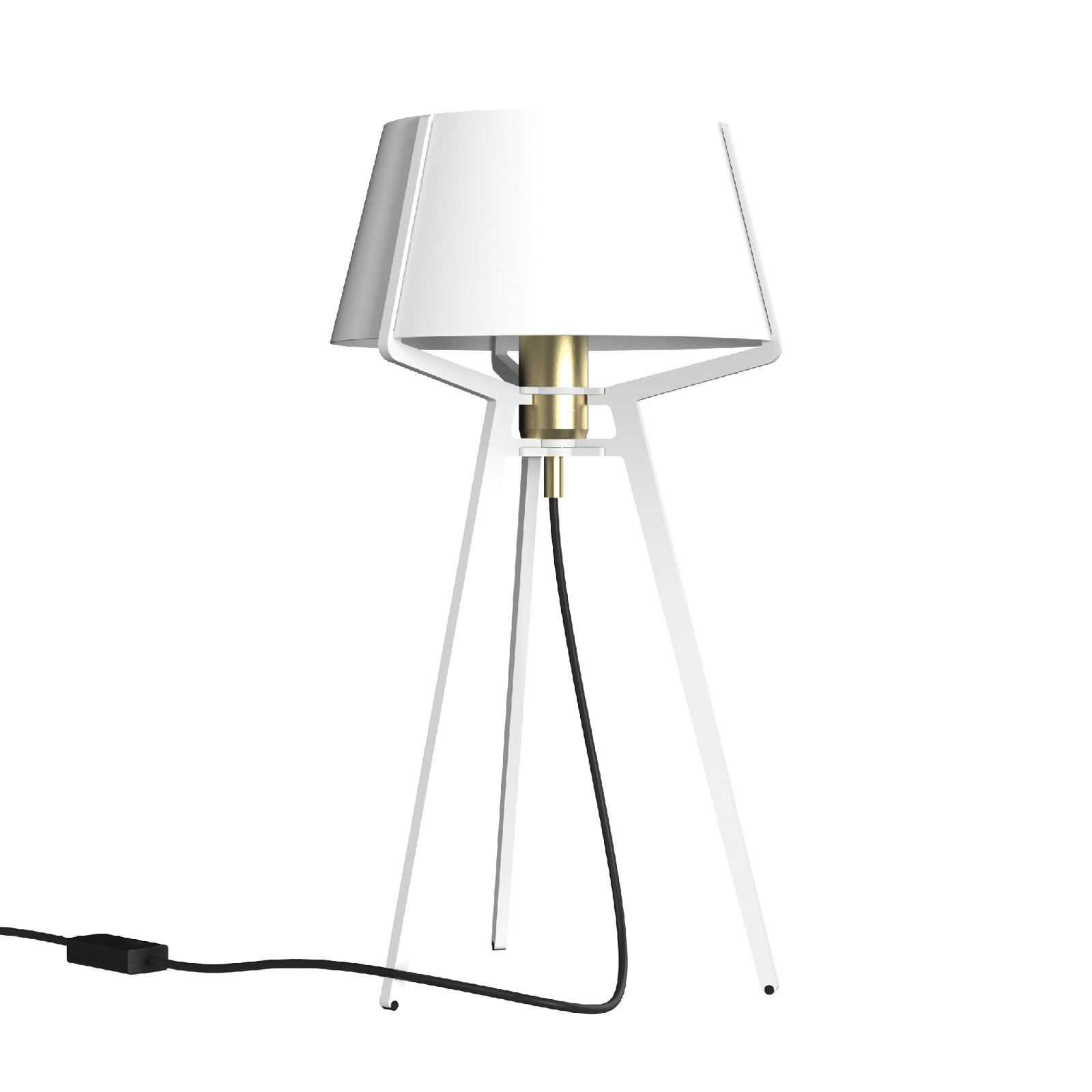December 2022
Choosing lighting: the 16 key factors
The right lighting is like the icing on the cake; it completes your interior. Even more important to make good choices. Will you choose a LED lamp that spreads a nice warm light, a desk lamp as functional lighting or a wall lamp with soft light? So many options, it stresses you out! Not to mention the different colors, light sources and sizes. Therefore, in this article we describe 16 important factors that will help you when buying new lighting.
16 factors to consider
There are 16 factors to consider when buying the right lamp. Your home is only truly complete when you choose the right lighting. Create the perfect atmosphere in your home using the 16 factors below.
1. Energy consumption
Lamps consume energy. The amount of energy consumed by a lamp depends mainly on the choice of light source. For instance, LED lights, energy-saving bulbs and fluorescent lamps are more energy-efficient and often have a longer lifespan. But there are also differences between them. A fluorescent or energy-saving bulb takes longer to warm up before it reaches full brightness. Led bulbs, on the other hand, are immediately at full brightness.
2. Choice of interior colors
You obviously want to choose lamps that also reflect the right light color of your interior. That is why the color rendering index (CRI) indicates how naturally a light source reproduces colors. With a good color rendering index, there are minimal color deviations. The higher the CRI, the better and more realistic the colors in your interior are rendered.
3. The amount of light
As you can imagine, reading a book requires more light than watching a film. Each room or function in the house therefore requires a different amount of lighting and thus a different type of lamp. For reading a book, we recommend direct light, while for a relaxing activity you can create the right setting with diffused light or indirect lighting. Also, some rooms in the house are already on the dark side due to little or no daylight. You should also take this into account when looking for good lighting.
4. The types of light sources
When buying a new lamp, you can choose between different types of light sources: an LED lamp, an energy-saving lamp or a fluorescent lamp. When buying a new lamp, make sure you choose a fitting that allows you to replace the light source. For instance, for one that is more economical or gives warmer light. We briefly explain the different light sources here:
- LED bulbs come in all color temperatures and light colors. LED lighting is low in energy consumption, has a very long lifespan and is therefore cheap to run.
- Energy-saving bulbs have low energy consumption but need some time to warm up before they reach full brightness.
- Fluorescent bulbs are energy-efficient and thus last a long time but are often perceived as lacking atmosphere.
The location of a lamp depends on how you have arranged the room. If you have a spacious home, you can choose a nice floor lamp. If, on the other hand, you have less space, you need to be more creative with the space you have. For example, you can choose a wall lamp for above the sofa or a pendant for above the coffee table or dining table.
6. The types of lighting
When we talk about lighting, we distinguish three different types: basic lighting, task lighting and mood lighting. These allow you to create different atmospheres. The type of lighting your interior needs determines the type of lamp you choose.
Basic lighting
Basic lighting or general lighting forms the basis for lighting your interior. Often, this is lighting in the form of a ceiling lamp that illuminates the entire room.
Task lighting
You choose task lighting if you need specific light in a certain place in the house to do your work or perform a task. For example, you can go for desk lamp for your home office.
Mood lighting
With mood lighting, it is less important that the room is well lit, but rather that it creates a cosy and pleasant atmosphere. By choosing a lamp you can dim, you can determine the light intensity and the atmosphere at any time.
7. The lamp fitting
The lamp fitting is where the light source and luminaire connect. Each type of light source has its own fitting. So, it is important to check which type of fitting you need before buying a lamp.
When we talk about different types of lamp sockets, we are talking about E-numbers. The most common fitting is the E27 fitting, also called a large fitting. The E14 is a small fitting and is suitable for smaller incandescent, energy-saving and LED bulbs.
8. Maintenance
You probably don't think about it when buying a lamp, but maintenance can also play a role when choosing one. By this we mean not only replacing the light source, but also cleaning the lamp. If you go for an LED lamp, then you know that it requires little maintenance because of its long lifespan. But also pay attention to whether you can clean the lamp and the fitting properly. You obviously don't want a lot of dust above the dining table that you can hardly reach.
9. Dim lights
Do you want to create more atmosphere in your living room or use one lamp for multiple purposes? A dimmer is the perfect way to achieve this. You can use a dimmer as an intermediate piece on a lamp, allowing you to adjust the light intensity to your liking. This way, you can create both task lighting and mood lighting with one lamp. Just keep in mind that not every light source is suitable for dimming.
10. The function of the lighting
Is the lighting you choose only for creating a cosy living room? Or should it ensure you can focus properly? When choosing good light, it is important to ask yourself what function the lamp has.
11. Light intensity
A lamp produces a certain amount of light which is expressed in Lumen. The higher the values (in Lumen), the more light the lamp produces. The number of lumens a lamp produces can be found on the packaging.
Every room in the house has its own function and requires a different light intensity. Below, we give the desired number of lumens per activity:
- Dining 300 - 500 lumens
- Reading 500 - 700 lumens
- Working > 1000 lumens
12. The purchase costs
Often it is the price that ultimately determines whether you buy a lamp or not. So, the question is what you are willing to pay for it. Are you looking for a real designer lamp? Then you must be prepared to pay a higher price. When considering the purchase cost, it is also important to consider the lifespan and whether the light source can be replaced. In that case, by choosing an LED lamp, you are always good.
13. Making a lighting plan
Creating a lighting plan can help you choose the lamps in your home. You make a floor plan of the room(s) in your house and indicate where you want light and what function(s) you perform there. This way, you will know where in the house you need what kind of lighting and what type of lamps you can start buying.
14. Safety
Safety is probably not the first thing you think about when choosing lighting. Yet it is definitely a factor to consider. After all, you need enough basic lighting to oversee the room and move through it safely.
15. Heat emission
Every light source gives off warmth. Some more than others. With LED lighting, heat emission is at its lowest and is the least of your problems.
16. Light diffusion
Light diffusion is another way of dividing lamps into directional light and indirect/diffuse light. A desk lamp is the best example of directional light. With diffused light, the light is spread evenly and uniformly throughout the room, as with most ceiling lamps.
Still not sure which lamp to choose? Then get inspired by other people and take a look inside their homes with our Hometours or check out our lamps. On Instagram en Pinterest we share the home of many of our lamps. Follow us for inspiration or subcribe to the Tonone newsletter.


